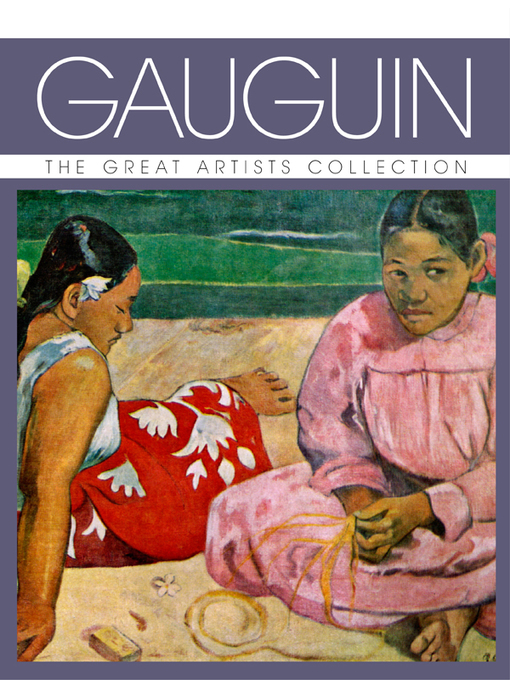Gauguin was instrumental in a fundamental move toward a modernism, not seen in art since the Impressionists themselves took shape. He believed in Cézanne's geometric and Bernard's Cloisonnism, but he also believed in himself, his own abilities and the potential he had to become a great artist. Gauguin was unafraid to push the boundaries of art history with a move away from the traditional, into a world of daring, insight and paintings which could be regarded as well before their time. He began his painting career in Europe during the later part of the 19th century at a time when huge industrial technological change was taking place. While some artists revelled in these new developments, Gauguin was less impressed with these technological advances and veered away from what he saw as a "modern" world – however, at the same time, he was embarking on new innovations of his own. Gauguin used an Impressionist style for a time with patches of color applied through large brushstrokes, but he resisted the changing modernized world and chose instead a simpler, less cluttered approach. As cities like Paris grew and developed, Gauguin chose to base himself in the French countryside where a more rural way of life suited his palette and the life he wished to capture through his oils. Later, this search for a more primitive existence would lead him to the South Pacific, and Tahiti, before finally finding himself in the Marquesas Islands in French Polynesia.His association, collaboration and friendship with Vincent Van Gogh is probably one of the most important periods of Gauguin's life. It may have been just nine weeks at the Studio of the South – Van Gogh's vision for a group of likeminded artists – and there may have only been two of them, but the time these artists spent together, before they violently quarreled, was to prove invaluable in the history and development of art.
- Available Now
- New eBook Additions
- New Kids Additions
- New Teen Additions
- Most Popular Titles
- Try Something Different
- See all
- Available Now
- New Audiobook Additions
- New Kids Additions
- New Teen Additions
- Most Popular Titles
- Try Something Different
- See all


